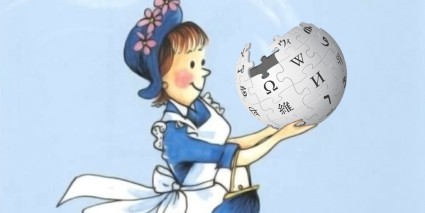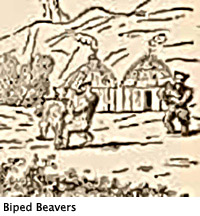A Reality Check for Steinbeck and Charley
by Charles McGrath
The New York Times
April 3, 2011
 In the fall of 1960 an ailing, out-of-sorts John Steinbeck, pretty much depleted as a novelist, decided that his problem was he had lost touch with America. He outfitted a three-quarter-ton pickup truck as a sort of land yacht and set off from his home in Sag Harbor, N.Y., with his French poodle, Charley, to drive cross-country. The idea was that he would travel alone, stay at campgrounds and reconnect himself with the country by talking to the locals he met along the way.
In the fall of 1960 an ailing, out-of-sorts John Steinbeck, pretty much depleted as a novelist, decided that his problem was he had lost touch with America. He outfitted a three-quarter-ton pickup truck as a sort of land yacht and set off from his home in Sag Harbor, N.Y., with his French poodle, Charley, to drive cross-country. The idea was that he would travel alone, stay at campgrounds and reconnect himself with the country by talking to the locals he met along the way.
Steinbeck”™s book-length account of his journey, “Travels with Charley ,” published in 1962, was generally well reviewed and became a best-seller. It remains in print, regarded by some as a classic of American travel writing. Almost from the beginning, though, a few readers pointed out that many of the conversations in the book had a stagey, wooden quality, not unlike the dialogue in Steinbeck”™s fiction.
,” published in 1962, was generally well reviewed and became a best-seller. It remains in print, regarded by some as a classic of American travel writing. Almost from the beginning, though, a few readers pointed out that many of the conversations in the book had a stagey, wooden quality, not unlike the dialogue in Steinbeck”™s fiction.
Early on in the book, for example, Steinbeck has a New England farmer talking in folksy terms about Nikita S. Khrushchev”™s shoe-pounding (or -brandishing, depending on whom you ask) speech at the United Nations weeks before Khrushchev actually visited the United Nations. A particularly unlikely encounter occurs at a campsite near Alice, N.D., where a Shakespearean actor, mistaking Steinbeck for a fellow thespian, greets him with a sweeping bow, saying, “I see you are of the profession,” and then proceeds to talk about John Gielgud.
Even Steinbeck”™s son John said he was convinced that his father never talked to many of the people he wrote about, and added, “He just sat in his camper and wrote all that [expletive].” Continue reading “Steinbeck’s Literary License”





 The New York Times, you may have noticed, plans to start charging for portions of its web content. One assumes the portions will be the those readers find most interesting.
The New York Times, you may have noticed, plans to start charging for portions of its web content. One assumes the portions will be the those readers find most interesting.